
EMC-SRRC certification
SRRC certification is the National Radio Regulatory Commission certification. According to the "Administrative Regulations on Imported Radio Transmitting Equipment" and "Administrative Regulations on the Production of Radio Transmitting Equipment", in order to strengthen the management of the import and production of radio transmitting equipment, any radio transmitting equipment exported to the People's Republic of China, or within the territory of the People's Republic of China The radio transmission equipment produced (including trial production) must have the "Radio Transmission Equipment Type Approval Certificate" issued by the State Radio Regulation Committee, SRRC after the type approval of its transmission characteristics.
The type approval code must be indicated on the label of the factory equipment. At present, the testing agency recognized by the Radio Management Bureau of the Ministry of Information Industry is: State Radio Monitoring Center (SRMC)
SRRC certified product range:
Mobile communication equipment: 2G / 3G base stations / terminals / repeaters, etc .;
Professional communication equipment: AM transceiver, digital intercom system base station / vehicle station / handheld station, analog trunking, digital trunking base station / handheld station / relay station, digital radio, microwave equipment, satellite earth station equipment, cordless telephone equipment, Bluetooth equipment, maritime satellite equipment, etc .;
Wireless access equipment: 2.4GHz / 3.5GHz / 5.8GHz wireless access equipment, etc.
Radar navigation equipment: weather radar, navigation radar, speed radar, aviation navigation equipment, etc .;
Broadcast and TV equipment: FM / AM broadcast transmitter equipment, TV transmitter equipment;
Short-distance micro-power equipment: general-purpose micro-power equipment, biomedical telemetry equipment, public intercoms, wireless microphones, etc .;
Various other systems containing radio transmitters.
As above, the traditional products include tablets, mobile phones, Bluetooth speakers and other products with functions such as wifi, BT and data terminals.
ZRLK Advantage Certification Product Series
Bluetooth wifi / wireless toys / mobile phones / smart home
SAR (Specific Absorption Rate of Electromagnetic Radiation) detection
SAR definition
SAR concept 1: Introduction of SAR concept: Since various organs of the human body are lossy media, the body will generate an induced electromagnetic field under the action of the external electromagnetic field, and the induced electromagnetic field in the body will generate a current, resulting in absorption and dissipation of electromagnetic energy. People use specific absorption rate SAR to characterize this physical process.
SAR Concept 2: Specific Absorption Rate: Specific Absorption Rate
It is defined as the energy of electromagnetic radiation (irradiation) absorbed by the organism per unit time (s) and unit mass (kg), and its unit is W / kg.
SAR concept 3: SAR measurement mechanism:
It can be seen from the definition that the SAR evaluation is performed by measuring the field strength distribution or temperature change. However, it is difficult to perform SAR evaluation by measuring the temperature rise, and the error is very large. Therefore, at present, it is widely used in the world to measure the field strength distribution of electric field probes for SAR evaluation, so as to obtain higher measurement accuracy.
SAR definition: Under the action of external electromagnetic field, the human body will produce an induced electromagnetic field. Since various organs of the human body are lossy media, the electromagnetic field in the body will generate an electric current, leading to absorption and dissipation of electromagnetic energy. SAR is commonly used in biodosimetry to characterize this physical process. The meaning of SAR is the electromagnetic power absorbed or consumed per unit mass of human tissue in W / kg.
SAR testing standards and products
Product categories: mobile phones, laptops, tablets, USB Dongle, Card Bus, etc.
Product communication standard: GSM / GPRS / EDGE: 850/900/1800 / 1900MHz;
HSDPA / HSUPA; CDMA2000, WCDMA, LTE, Wi-Fi; Bluetooth, etc.
SAR detection standards:
International: IEEE Std 1528; IEEE Std C95.1; IEEE C95.3; IEC62209-1; IEC62209-2
United States and Canada: FCC OET65; ANSI C63.19; ANSI C95.1; ANSI C95.3; RSS102;
Europe: EN 50360; EN50361; EN 62209-1; EN 62209-2;
Japan: ARIB STD-T56
Australia: AS / NZS2772.1;
China: YD / T 1664.1
Wireless communication EMC
EU
The "CE" mark in the EU market is a mandatory certification mark. Whether it is a product produced by an enterprise within the EU or a product produced by another country, if it is to be circulated freely in the EU market, the "CE" mark must be affixed to indicate the product It meets the basic requirements of the EU "Technical Coordination and Standardization New Method" directive. This is a mandatory requirement imposed on products by EU law.
Radio and communication terminal products, testing and certification include:
1. EMC test EMC
2. Safety test LVD (In the new directive, this test is also required for RF products with battery input)
3. Radio communication equipment test (RF test) according to European ETSI standard
4. Electrical safety and health protection test (Health, SAR assessment)
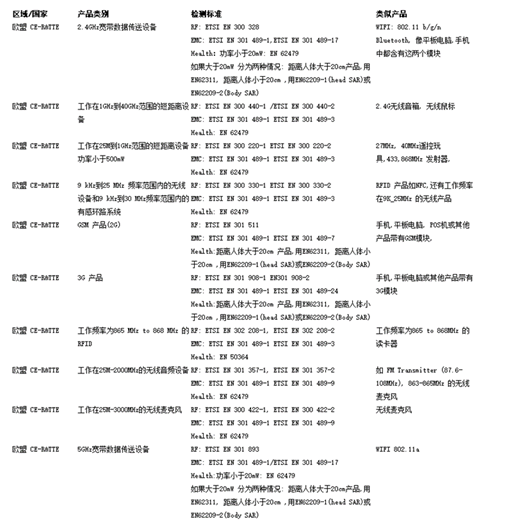
American FCC certification
FCC certification: FCC (Federal Communication Commission) was established by COMMUNICATIONACT in 1934 as an independent agency of the US government. For communication products and digital products to enter the US market, both require FCC approval. The FCC committee investigates and studies the various stages of product safety to find the best way to solve the problem. At the same time, the FCC also includes the detection of radio devices and aircraft.
According to the relevant part of the Federal Communications Regulations of the United States (CFR 47), all electronic products that enter the United States need to be certified for electromagnetic compatibility (except for some products that are specifically stipulated by relevant provisions). Among them, there are three common certification methods: Certification, DoC, Verification. The certification methods and procedures of these three products are quite different, and the certification methods available for different products have relevant regulations in the FCC. The rigor of its certification is decreasing.
For these three certifications, the FCC committee also has relevant requirements for each laboratory. Generally speaking, wireless communication products require FCC ID certification. FCCID has a strict application process, which is not described in detail here. The specific test certification requirements are as follows:
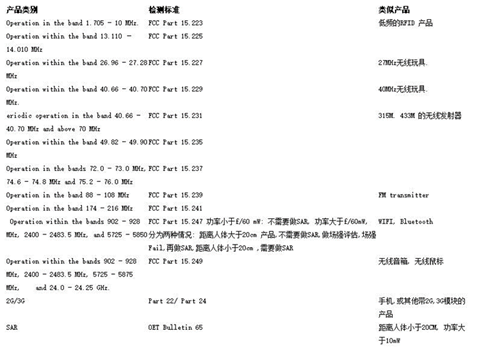

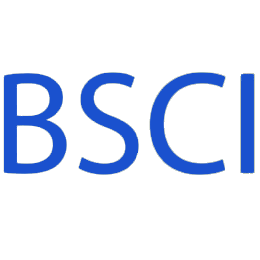
BSCI certification is an abbreviation of BusinessSocialComplianceInitiative, and Chinese is called business social standard certification. BSCI is an organization that advocates the business community to abide by social responsibility. At the same time, it is a non-profit organization.
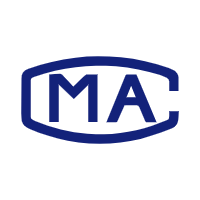
CMA, the name is \"China Metrology Accreditation\", the abbreviation of \"China Metrology Accreditation\" in English. According to the provisions of Article 22 of the Metrology Law of the People’s Republic of China: “The product quality inspection agency that provides notarized data to the society must be evaluated by the metrological administrative department of the people’s government at or above the provincial level for the capability and reliability of metrological verification and testing. Qualified.\"
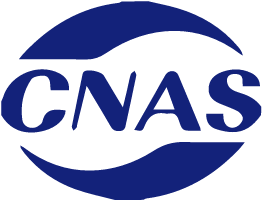
Laboratory accreditation is a third-party certification that CNAS has the ability to perform specific testing and calibration work for testing and calibration laboratories.
SRRC certification is the National Radio Regulatory Commission certification. According to the \"Administrative Regulations on Imported Radio Transmitting Equipment\" and \"Administrative Regulations on the Production of Radio Transmitting Equipment\", in order to strengthen the management of the import and production of radio transmitting equipment, any radio transmitting equipment exported to the People\'s Republic of China, or within the territory of the People\'s Republic of China The radio transmission equipment produced (including trial production) must have the \"Radio Transmission Equipment Type Approval Certificate\" issued by the State Radio Regulation Committee, SRRC after the type approval of its transmission characteristics.
Get a quote